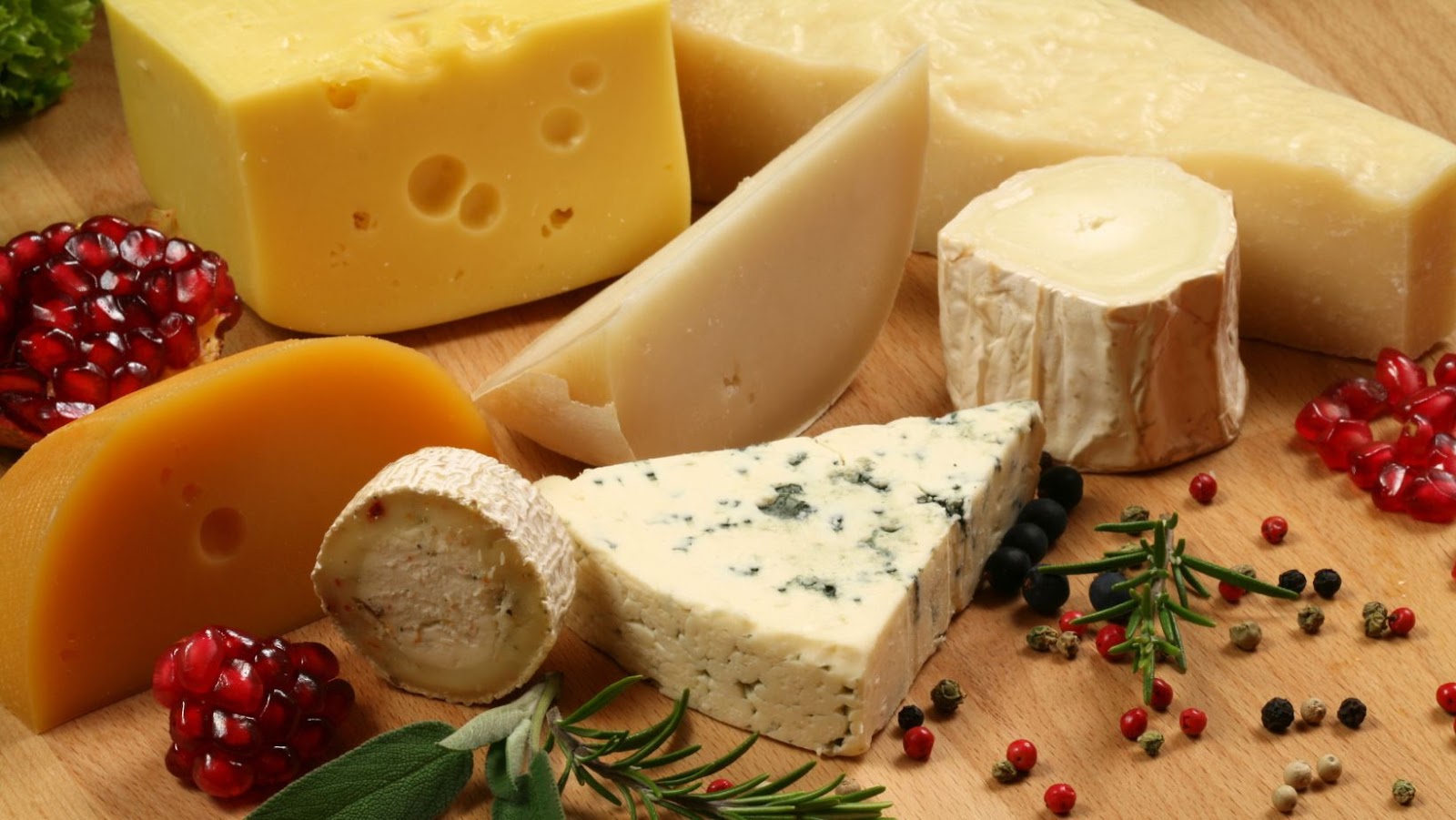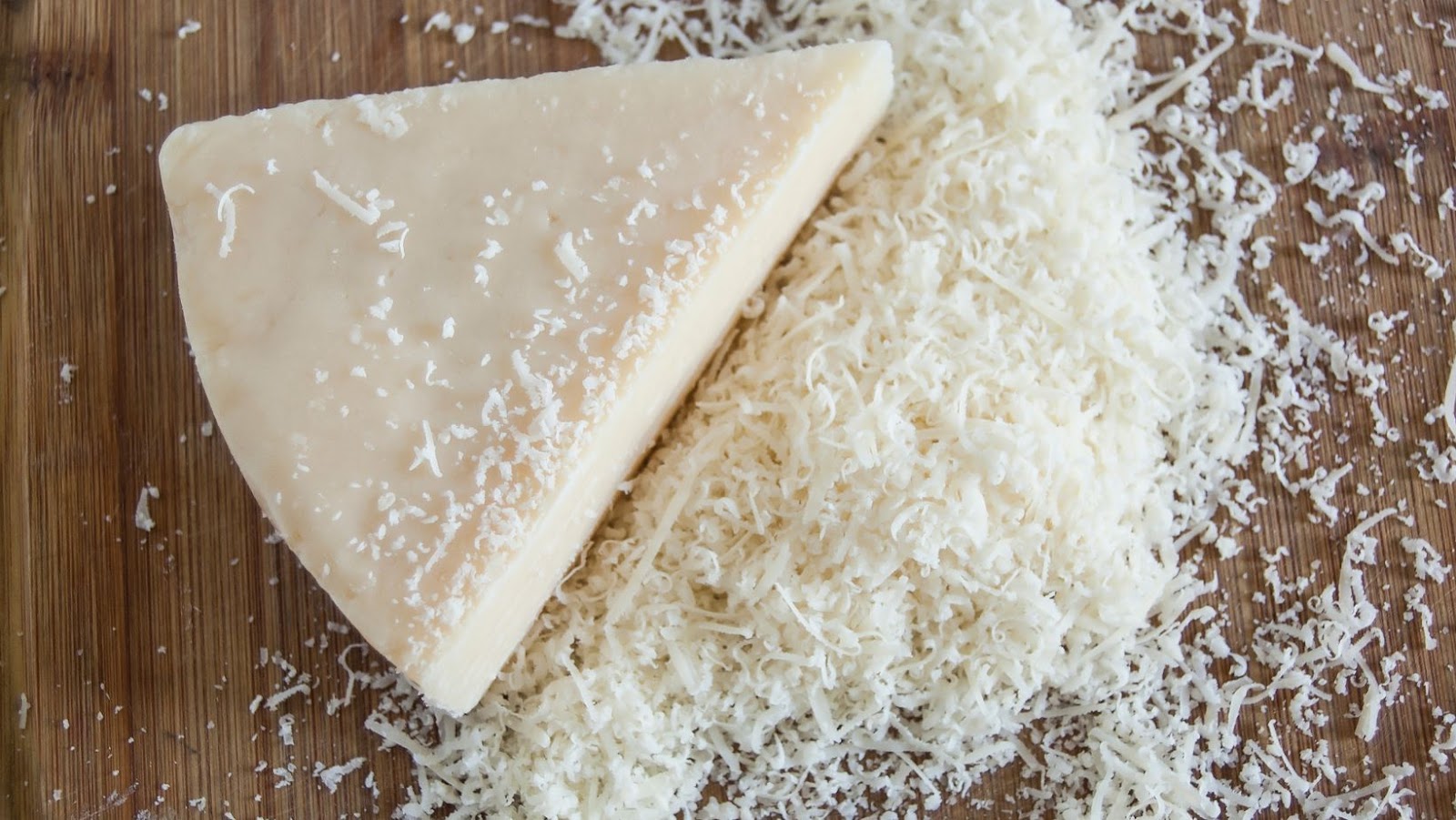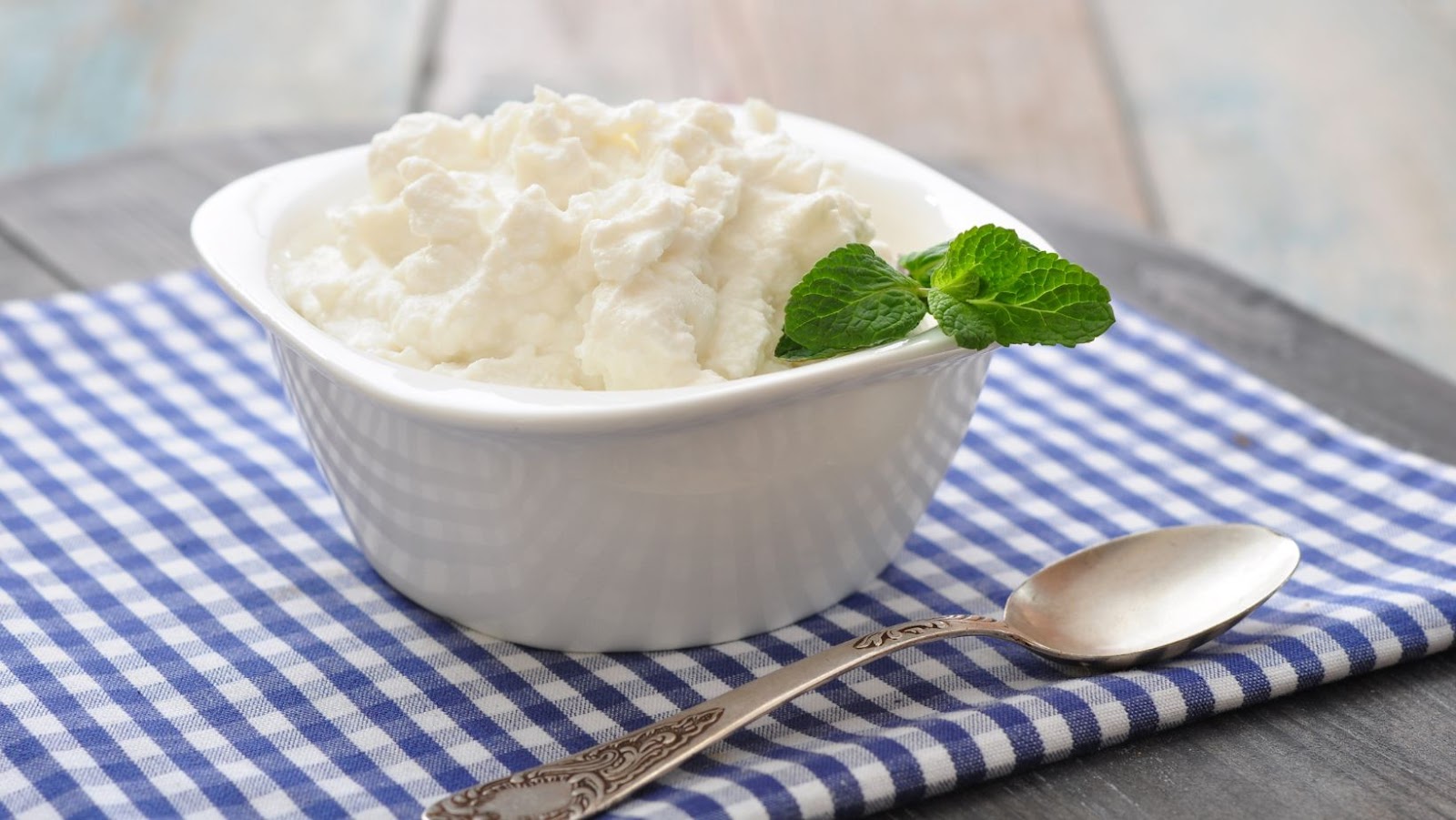
Low fat cheese can be a great addition to your diet if you are looking to stay healthy while still enjoying the benefits of cheese. However, there are many different types of low fat cheese available on the market and it can be tricky to decide which one is the best for you. In this article, we will discuss the various factors you should consider when choosing low fat cheese, including the types of cheese, their nutritional properties, and where to buy them.
Where to buy low fat cheese
Finding the right type of low fat cheese can be a difficult task due to the vast array of choices now available in shops and supermarkets. It can be difficult to know which type of cheese to pick and where to buy it. This article is here to provide you with all the instructions you need to choose the right low fat cheese and where to buy it.
What to look for when choosing low fat cheese
When selecting cheese for a healthier option, the most important number to consider is the fat content. Lower fat cheese tends to be made with a combination of skimmed or partially skimmed milk, as well as added vegetable oil or cream to make it creamy and full-flavoured. Typically, low fat cheese has around 3-5 grams of fat per ounce (28g).
It’s important to read the nutrition label on any cheese you buy. The label tells you how much total fat and saturated fat is in each serving size indicated. In general, try to keep your total daily fat intake below 30% of your total daily caloric intake.
The type of cheese will also dictate how healthy it is – opt for softer cheeses like Brie, cottage cheese and cream cheese. Harder cheeses such as cheddar are higher in calories and could increase your daily fat intake significantly if eaten in large portions. Try looking out for low-fat versions of these cheeses at most major supermarkets or specialty stores.
Finally, remember that the only way to truly know what’s in your food is by reading the nutrition label – always read labels before buying any product!
Read the label for other nutritional information
When shopping for low fat cheese, examining the label of individual products is essential for selecting the healthiest option. Not all cheeses that are labelled as “low fat” can be considered healthy; the nutrition label should be cross-checked against your dietary restrictions and nutritional goals. Comparing the labels of different products is an effective way to select the product with the lowest amount of saturated fat and sodium, while providing that all-important calorie count.
It’s also important to remember to check additional parts of the food label to gain additional information on a cheese product’s nutritional value, including checking nutrition facts such as calories, sugars, carbohydrates, added sugars and other components that may be present in a low fat cheese product. Furthermore, look for specific ingredients lists on pre-packaged cheeses if you have any food allergies or desire to exclude certain types of foods from your diet (e.g., dairy-free or gluten-free diets).
Consider the type of cheese (hard, soft, etc.)
Depending upon the type of cheese you seek, there are a variety of low-fat options available. Whether you’re looking for hard or soft, crumbly or spreadable, grated or melted, there are styles and types of cheese to suit every food preference.
Hard cheese is a lower fat option for those who prefer their cheese firm and aged. Low-fat versions of Romano and Parmesan can add zest to salads, sauces and pizzas without packing in the calories. Lower fat versions of Asiago, Cheddar and Swiss are also available which can make excellent sandwich fillings or snacks when paired with a whole wheat cracker.
Low fat soft cheeses come in many forms from feta to goat cheese as well as spreadable cream cheese for sandwiches, dips or even topping that morning bagel. Ricotta is quite popular for its use in lasagna as it is both low in fat and pliable when cooked. Low-fat alternatives now exist within each style so you don’t have to sacrifice flavour while reducing excess fat content.
When shopping for lower fat cheeses be sure to read product labels carefully as the fats can vary wildly between brands. Generally speaking, 1 oz (28 grams) of hard cheese should have fewer than 7 grams total fat while soft cheeses should have less than 4 grams per oz (28 grams). Additionally, be sure to check where you are buying your low-fat cheese from; some stores carry special varieties that could help you save even more calories without sacrificing taste!
Finding the right type of low fat cheese can be a difficult task due to the vast array of choices now available in shops and supermarkets. It can be difficult to know which type of cheese to pick and where to buy it. This article is here to provide you with all the instructions you need to choose the right low fat cheese and where to buy it.
Check local supermarkets
Finding low-fat cheeses can take some time, as most supermarkets don’t have a complete selection. However, you can start by selecting familiar cheese varieties at the store and then searching those brands online for lower-fat options. Some of these offerings may be limited to particular regions or stores, but you should be able to find them if you become familiar with the brand and look around when grocery shopping.
When making your selections at the store, it’s important to read nutrition labels to check fat content. Many products that are labelled as “low-fat” consumers may not actually meet this criteria – for example, some may contain more than two percent of their weight in fat. Low-fat versions of several popular cheese types include:
-Swiss: Containing just one gram of fat per ounce, Swiss is a better alternative than its full-bodied cousin, Emmental.
-Cheddar: Even sharp cheddar varieties tend to contain less fat per serving than other types of cheese; low in saturated fats and cholesterol free.
-Mozzarella: Many supermarkets carry part skim mozzarella in both fresh and pre-shredded forms; this product has significantly fewer calories and half the fat found in regular mozzarella cheese.
You can also find specialty low-fat cheeses such as feta crumbles or ricotta at natural food stores or health food markets, which could also sell items like sheep’s or goat’s milk feta – alternatives that are much lower in saturated fats than their full dairy counterparts. Additionally, several cheeses manufactured with rice or other non dairy ingredients are available through web retailers and vegan outlets such specialty shops Near Me .
Visit health food stores
Health food stores are a great place to purchase low fat cheese. Not only will you find plenty of varieties to choose from, but many health food stores specialise in organic products. They also generally have very knowledgeable staff who can help you find what you need.
The main advantage of purchasing cheese in a health food store is the quality and freshness of the product. Most stores have high standards for the type of cheese they carry and they often source their dairy products from local farms. Many health food stores also offer samples of their cheeses so that customers can taste them before they buy.
When shopping at a health food store, be sure to look out for labels such as “low-fat”, “reduced-fat”, or “light” to make sure you’re getting the right kind of cheese for your diet and lifestyle needs. Also, be aware that some cheeses may appear healthy when compared with regular cheeses, but still contain high levels of fat or salt, so always check the label for nutritional information before buying any product.
Look for online retailers
Online retailers can be a great source to purchase low fat cheese options at competitive prices. Specialty stores, such as those catering to plant-based diets may carry a wide selection of low fat cheeses that may not be available at local supermarkets. Although some customs fees may be involved with shipping, customers can still reap considerable savings since online retailers often offer lower prices than traditional brick and mortar stores. Additionally, customers have the benefit of having a wide array of non-dairy and conventional dairy products at their fingertips and the convenience of having their items delivered directly to their front door with minimal effort on their part.
Additionally, if you are simply looking for specific types of low fat cheese like cream cheese or grated mozzarella without needing larger portions that you would buy in bulk, websites dedicated to convenience foods like Amazon Pantry can be great sources for purchasing smaller portion sizes and a unique selection of products.
Tips for Buying Low Fat Cheese
Low fat cheese is a great option for those wishing to reduce their fat intake while still enjoying the taste of cheese. When shopping for low fat cheese, there are a few factors to consider such as fat content, nutrition facts, and taste preferences. This guide will provide all the information you need to select the right low fat cheese for you and where to buy it.
Look for organic or grass-fed cheese
When looking for low fat cheese, it is important to consider the source of the milk used for making the cheese. Organic and grass-fed cows produce higher quality milk than conventional dairy methods. The organic certification ensures that no artificial chemicals are used in the production process and that the animals are fed a natural diet as close to their original wild diet as possible. Grass-fed cows also produce less fatty milk, which then translates into lower fat cheese options.
Organic and grass-fed cheeses are available at most supermarkets, specialty grocery stores, or online retailers. Additionally, some farmers’ markets have vendors selling locally made organic or grass-fed cheeses from small farms in your area. All of these sources allow for greater control over where your ingredients come from and support sustainable agriculture practices.
Ask for samples
When in doubt, ask for a taste before you buy. The most important thing is to find the low-fat cheese that you actually enjoy! Some stores even offer pre-packaged samples of their products. Ask your store’s cheese monger or grocery clerk if they have any to try — don’t hesitate as they should be happy to assist you.
The flavours and textures of cheese can vary greatly from one variety to the next, so it’s a good idea to at least sample all of the cheeses that are available in the fat-free section of your grocery store. Once you’ve narrowed down what type of low-fat cheese you like, try checking ethnic markets, health food stores, farmers’ markets and local delicatessens as well. These specialty stores may carry a much larger selection than is available at traditional grocery stores and may offer unique flavour combinations that make for interesting sandwiches and meals.
Buy in bulk to save money
Buying low fat cheese in bulk can be an excellent way to save money and stock up on favourites. If you plan to purchase large quantities of one type, look for warehouse stores in your area that offer a discount when buying in bulk. Most major grocery stores also offer discounted items when they’re purchased in larger amounts. Taking advantage of sales and specials can also help your pocketbook stretch even farther when you buy cheese. Make sure to read nutrition labels before purchasing any cheese product, so you can be sure that it fits into your dietary needs, as well as tastes good.















